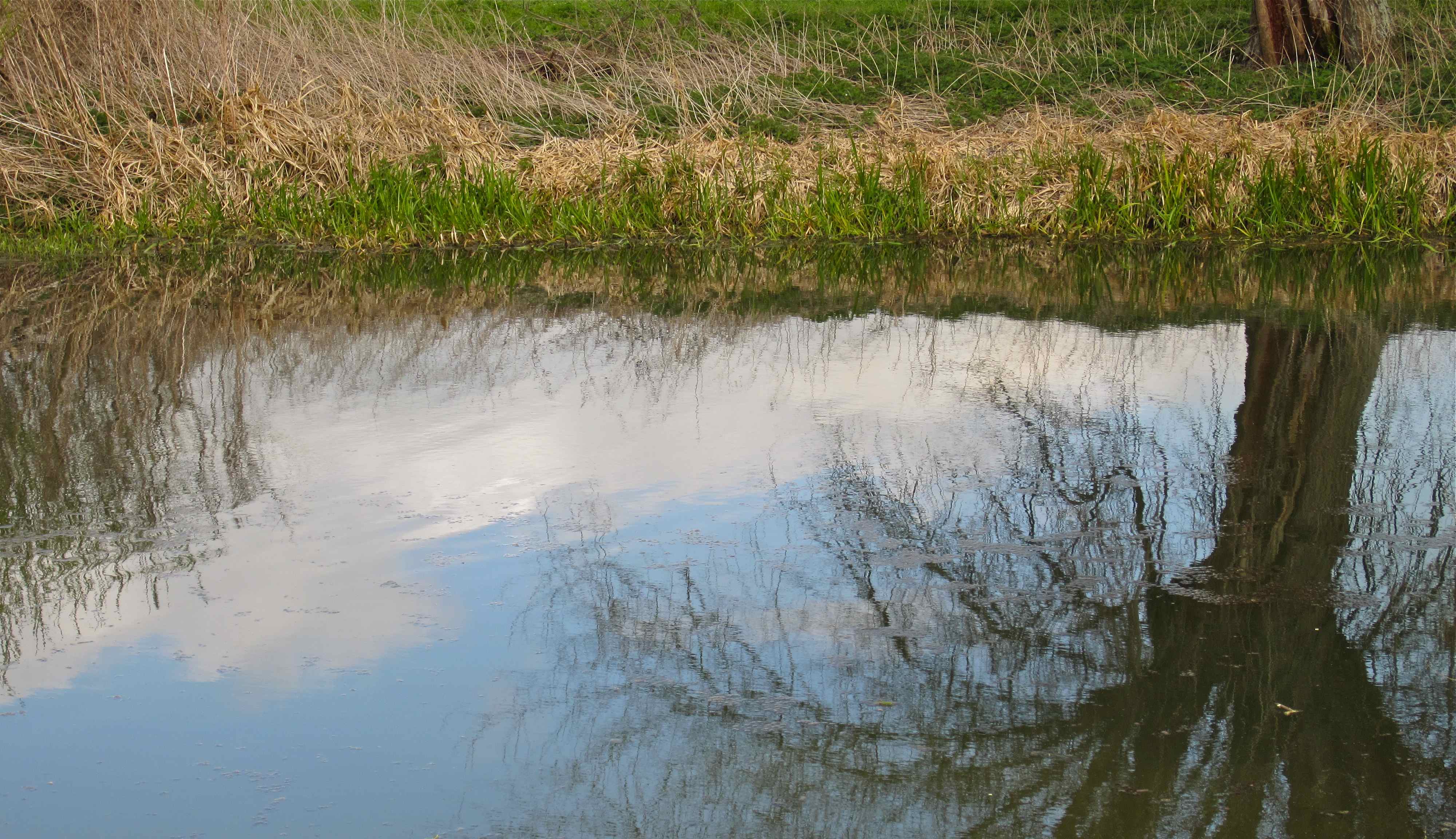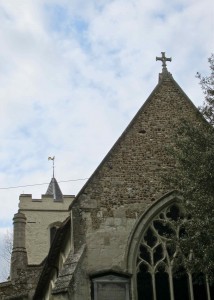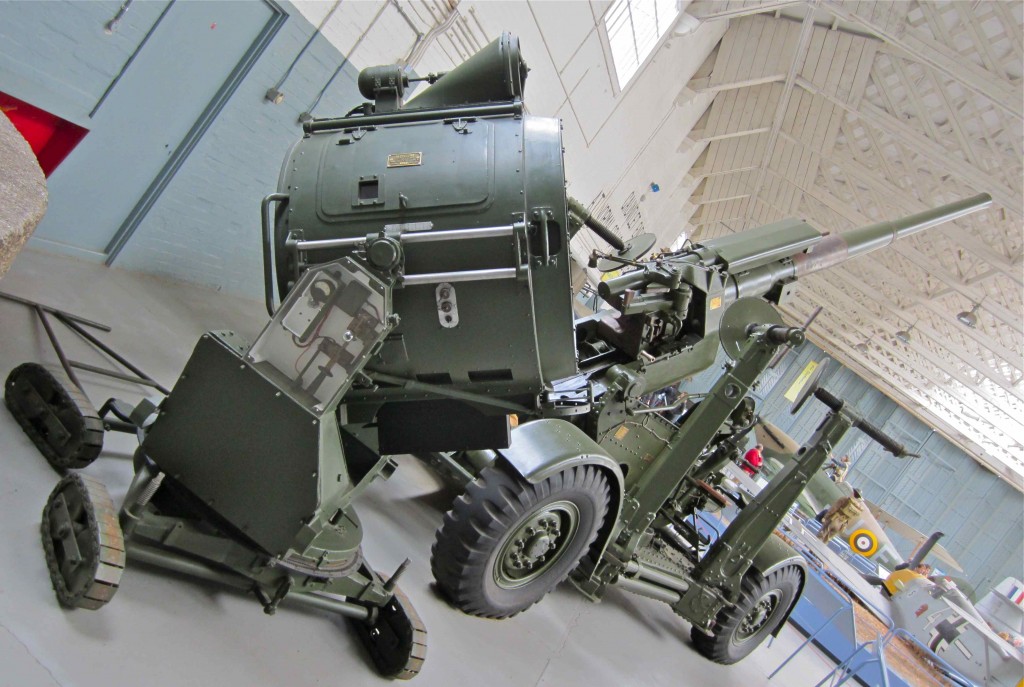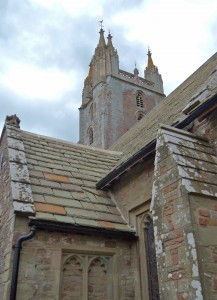As my time abroad is quickly drawing to a close, I’ve taken several shorter trips around England that have only taken at most a day. I chose one of the few sunny days in April to walk from Cambridge to Grantchester. The walk follows the River Cam as it lazily twists around the Grantchester Meadows. One of Grantchester’s main attractions is that the famous poet Rupert Brooke spent much of his time in the area. I timed my trip perfectly so the clock on the old church tower was right at ten to three when I arrived, as in Brooke’s poem The Old Vicarage, Grantchester:
Deep meadows yet, for to forget
The lies, and truths, and pain? . . . oh! yet
Stands the Church clock at ten to three?
And is there honey still for tea?
Grantchester has an interesting array of old buildings. There are several very old pubs, thatched houses, an old watermill, The Vicarage, tea gardens, and a pool along the river that Brooke was rumored to have frequented during his time in the area. Although I enjoyed visiting the village, the real pleasure is in the walk there and back. If you go through at the right time you might have to stray off the path in order to avoid the herds of cows pastured along the walkway.
A few of my others trips were to places concerning WWII, especially the Battle of Britain. Because the land in East Anglia is so flat, it was ideal for air bases during the Great War. For a while a new airbase was being constructed every three days. Today, the airbase of Duxford is home to not only the British Imperial War Museum, but it also has a hangar for civilian planes and the American Air Museum. Many world-famous planes are housed here, including Concorde, Blackbird, and several planes from the Battle of Britain such as Spitfires and Hurricanes.
One of my favorite parts of England is the Royal Forest of Dean. The road to the forest is surrounded by fields of bright yellow flowers grown to make oil. Although, the area isn’t quite as quaint as other locations in England (like the Cotswolds) because the buildings aren’t uniform. The little forest villages have a large mix of old and new houses. Even though the forest doesn’t have quite the soaring otherworldliness of some National Parks like Yellowstone, the tangle of trees, moss, and the River Wye create an enchanting corner of England. I was a little late for some of the spring flowers, but there are still areas of the forest where you can stand and see nothing but a sea of bluebells surrounding you. At this time of year bird watching is a major attraction in the forest because endangered birds like the Peregrin falcon are currently laying eggs. The Forest of Dean is far enough off the beaten path that many of the centuries-old churches, including the Cathedral of the Forest in Newland, are left unlocked for the public to come in and admire the ancient memorials and artifacts. This gives you the feeling that instead of experiencing a carefully planned tourist experience you are exploring someone else’s world.
Also, see more photos on Picasa or follow me on Twitter!





Leave a Reply